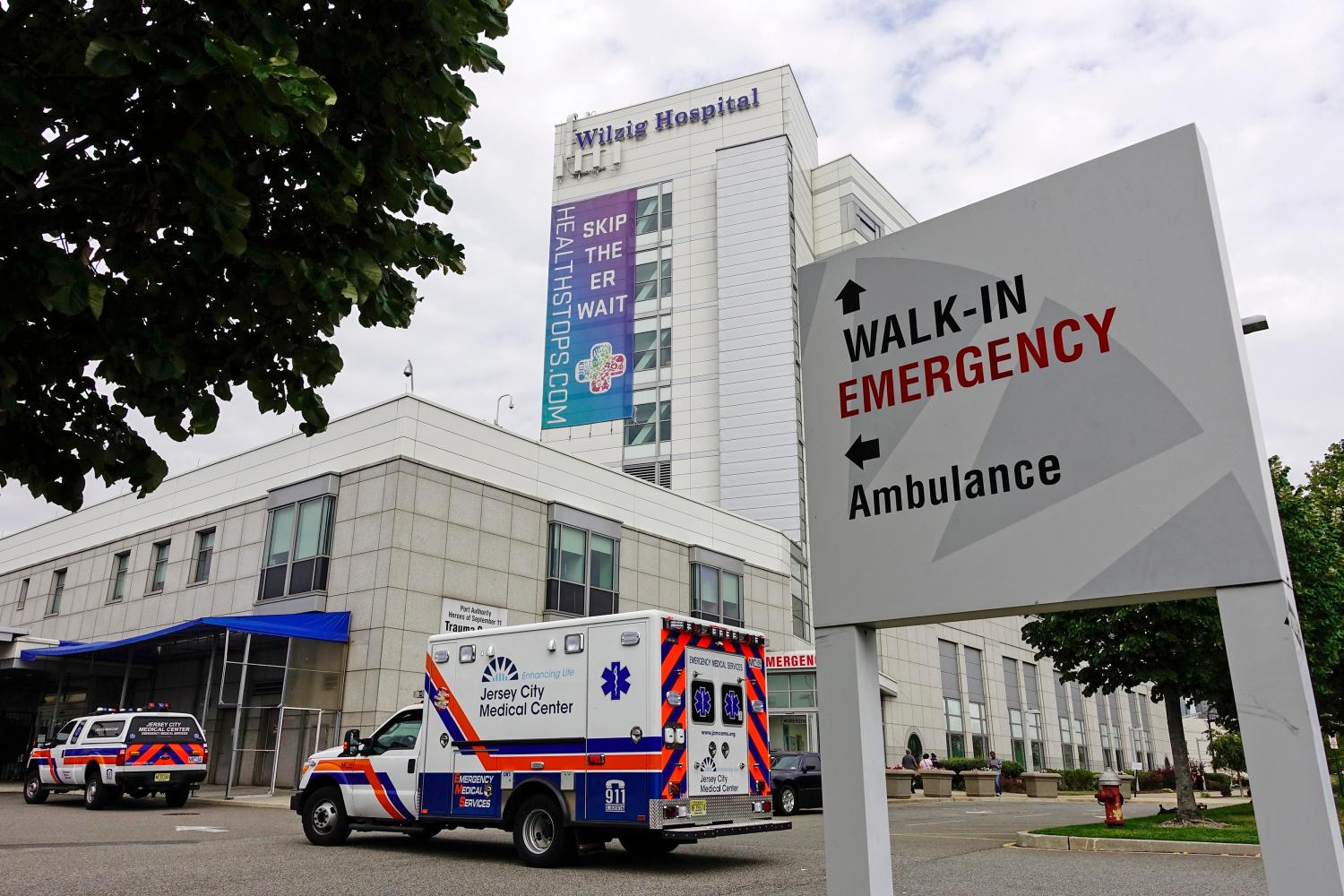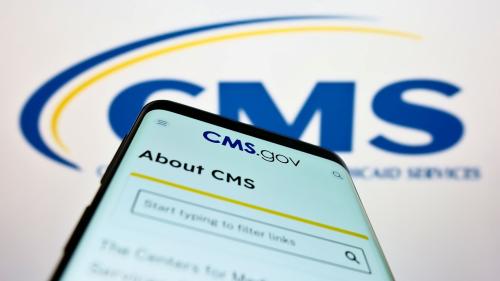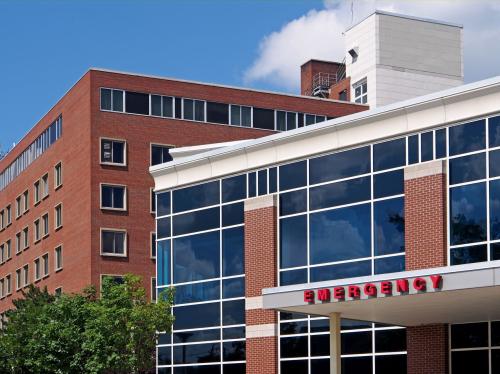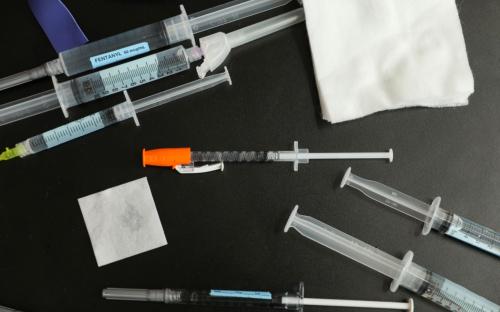Acute, unscheduled care is medical care for the ill and injured that may take place in the emergency department, urgent care centers, or retail clinics. While the U.S.’s acute care system is well-equipped to deliver first-class emergency care for conditions such as trauma, stroke, and heart attack, it often does not lay out a clear path for appropriate follow-up, care management, health maintenance, or social services that may be required long after a hospital discharge. Further, the predominant fee-for-service payment system does not reimburse many services—such as patient education and care coordination—that could support integration of these efforts.
Below are a series of case studies that highlight successful care models in emergency medicine based on experiences and lessons learned from health care systems throughout the United States. These case studies were developed for a May 6, 2015 event, “Reimagining Emergency Medicine: How to Integrate Care for the Acutely Ill and Injured,” as part of the Richard Merkin Initiative on Payment Reform and Clinical Leadership. They were developed in collaboration with medical and health policy experts to examine strategies that system inefficiencies while preserving the best features of emergency medicine. The cases also explore how the existing acute care system can build and sustain new programs to enhance value, reduce costs, and improve care delivery.
CASE STUDIES
Kaiser Permanente California (KP): A Model for Integrated Care for the Ill and Injured: KP has developed a number of acute and emergency clinical pathways and protocols that do not discourage physicians from spending more time with each patient as needed, that encourage ED use of diagnostics and consultations in the pursuit of clinically appropriate dispositions, and provide the tools and infrastructure to shift non-emergent care to more appropriate and cost-effective settings.
University of Maryland Upper Chesapeake Health (UM-UCH): Increased Value Under a Fixed Hospital Budget: To limit acute hospital costs while maintaining or improving quality, UM UCH has implemented a variety of emergency department (ED), care coordination, and information technology interventions to improve care. These include developing a care pathway for low-risk chest pain, supporting post-discharge call backs, participating in a health information exchange, creating care plans for high-cost patients, and developing a post-emergency department (ED) and post-hospitalization clinic.
Washington State Medicaid: Implementation and Impact of “ER is for Emergencies” Program: The ER is for Emergencies program is able to integrate the entire state with robust utilization to break down barriers between institutions and streamline information delivery. In the first year of the program, Medicaid ED costs fell by nearly $34 million through a reduction in ED visits. ED visits by Medicaid patients declined by nearly 10%, with rates of visits by high utilizers (5+ visits/year) declining by approximately 11%. For less serious conditions, the visit rate decreased by more than 14% over the year.





